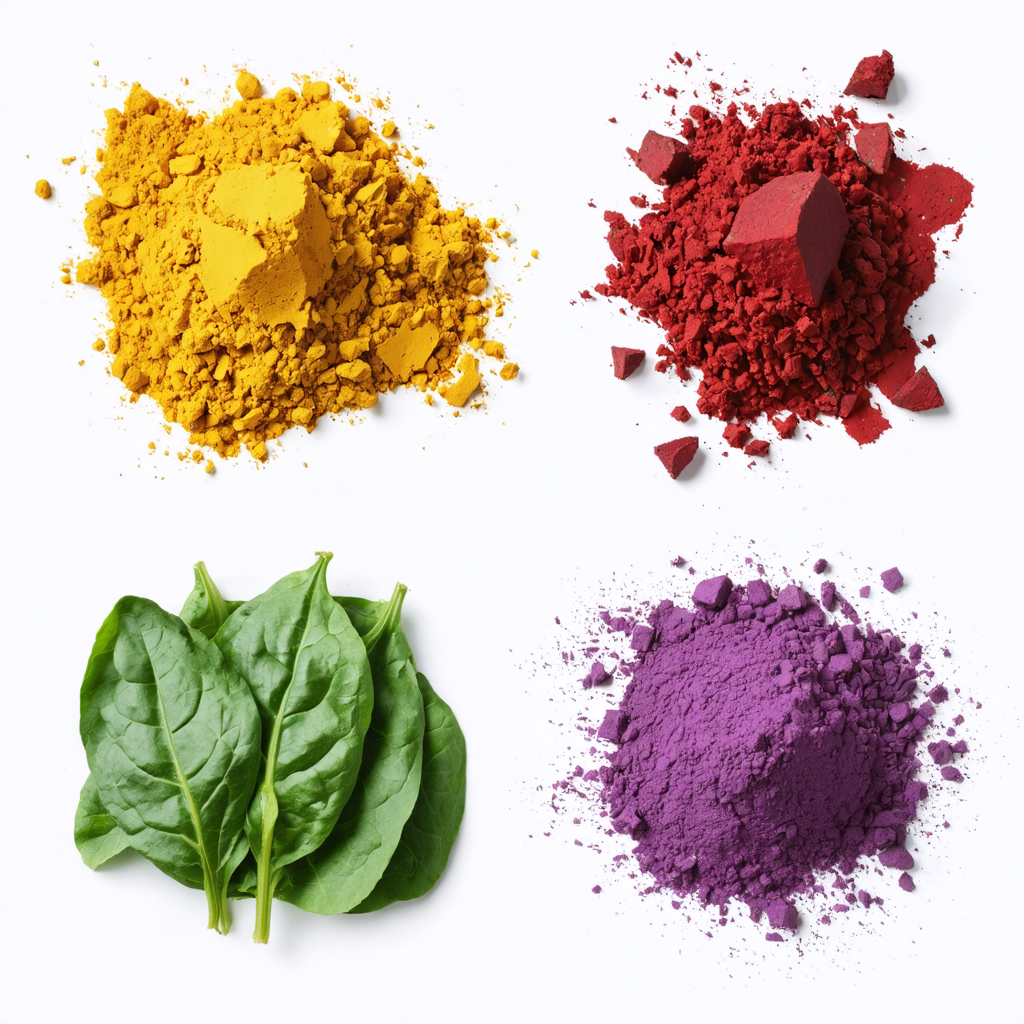Process if making carmine pigment from cochineal includes, boiling the insects in water, followed by filtering, precipitation, washing, and drying the finished product are the steps involve in extracting carmine powder from the cochineal.
Table of Contents
TogglePREPARATION OF CARMINE PIGMENT
There are always two phases involve in the preparation of carmine. To extract the carminic or kermesic acid, the dried insects are first cooked in water. The pigment is precipitate in the second stage by incorporating alum into the clear filtered solution. A complex salt with a strong crimson-red colour is create by the aluminium ions in alum.
- The powder insect bodies are cooke in ammonia or sodium carbonate solution,
- The powder insect bodies are cook in ammonia or sodium carbonate solution, the soluble material is filter out, and then alum is add to the clear carminic acid salt solution to precipitate the red aluminium salt.
- This process is use to make carmine.
- The absence of iron ensures colour purity.
- To control the precipitate’s production, you can add borax, gelatin, citric acid, stannous chloride, or even citric acid.
- The alum is mixe with lime to create purple hue.
PREPARATION OF CARMINE PIGMENT
You’ll need water, vinegar or lemon juice, cream of tartar, alum, and a coffee filter.
Process: In the mortar, grind 2t of cochineal for immediate use. To make various reds, try adding lemon juice, vinegar, alum, or cream of tartar. If only water is introduce, your paper’s acidity will also have an impact on the colour.
Pulverize 1T of cochineal in a mortar, add it to 2C of water in a non-reactive kettle, and bring to a boil to form a dye and precipitate the pigment. 1 teaspoon of cream of tartar should be add, and the cooking time should be increase by 10 to 15 minutes. Reserve cochineal paste for pigment and strain the liquid to make dye.
WHAT MAKES COCHINEAL AND CARMINE DIFFERENT FROM ONE ANOTHER?
The cochineal insect, which inhabits cactus plants in Peru and the Canary Islands, provides the cochineal colouring agent. Carminic acid is what gives carmine its colour, which is obtain from cochineal extract.
DOES CARMINE DAMAGE SKIN?
Because it is extremely safe, doesn’t irritate the skin, is simple to make, and has been use as a dye for more than 600 years, carmine is utilise in a wide variety of colour cosmetics. One of carmine’s noteworthy qualities is its bright colour, which is unequalled by many other pigments on the market.
IS COCHINEAL CARMINE VEGAN?
Carmine is not vegan because it is produce by boiling and crushing cochineal insects.




